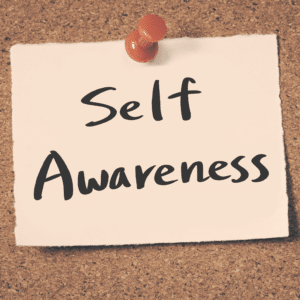개요
학습은 능동적인 과정입니다. 새로운 정보와 개념과 상호 작용하거나, 새로운 아이디어를 이미 알고 있는 것과 연결할 때 발생합니다. 우리가 배우는 방식은 새로운 정보와 기술을 얼마나 잘 기억하는지에 큰 영향을 미칠 수 있으며, 바로 여기서 능동적 학습이 등장합니다.교실에서 능동적인 학습 방식을 적용하면 학생들의 참여도가 높아지고, 이는 학습 성과에 긍정적인 영향을 미칠 수 있습니다.
Active learning approaches in the classroom make students more engaged, which can positively affect learning outcomes. Active learning techniques help students learn more, retain more, apply what they learn and think critically. These skills are important in the workplace. In addition to these benefits of active learning, there are also negative aspects associated with traditional lecture-based classrooms that need to be addressed:능동학습 기술은 다양한 과목과 학년에 사용될 수 있습니다.
능동 학습 기술은 다양한 과목과 학년에서 사용할 수 있습니다. 능동 학습은 수학이나 과학 수업에 국한되지 않고 영어, 사회, 미술, 음악을 포함한 모든 과목 영역에 효과적으로 통합할 수 있습니다. 핵심은 학생들의 현재 관심사와 관련된 활동을 찾는 것입니다. 그러면 학생들이 동기를 부여받을 수 있습니다. 예를 들어:- 만약 미국 독립 전쟁 시대(1776-1789)에 관한 XNUMX학년 사회 과목 수업을 한다면, 학생들에게 이 기간의 특정 생활 측면(예: 의복 스타일)에 관해 조사한 결과를 바탕으로 포스터를 만들게 하세요.
- 올해 6학년 자녀가 학교에서 그리스, 로마와 같은 고대 문명을 공부하고 레고를 좋아한다면, 종이 찰흙 모델 대신 레고를 사용하여 파르테논 신전이나 콜로세움과 같은 역사적 구조물의 복제품을 만들어 보라고 하세요!
학생들이 능동 학습에 참여하기 전에 이를 준비시키는 것이 중요합니다.
학생들에게 능동 학습을 준비시키는 가장 효과적인 방법은 개념을 소개하고 이에 참여하는 방법을 가르치는 것입니다. 이를 수행할 수 있는 몇 가지 방법은 다음과 같습니다.- 그룹 활동이나 토론 등 능동적 학습 기술의 예를 들어보세요.
- 학생들에게 수업 중에 이런 기술을 연습할 시간을 제공하여 나중에 스스로 편안하게 사용할 수 있도록 하세요.









